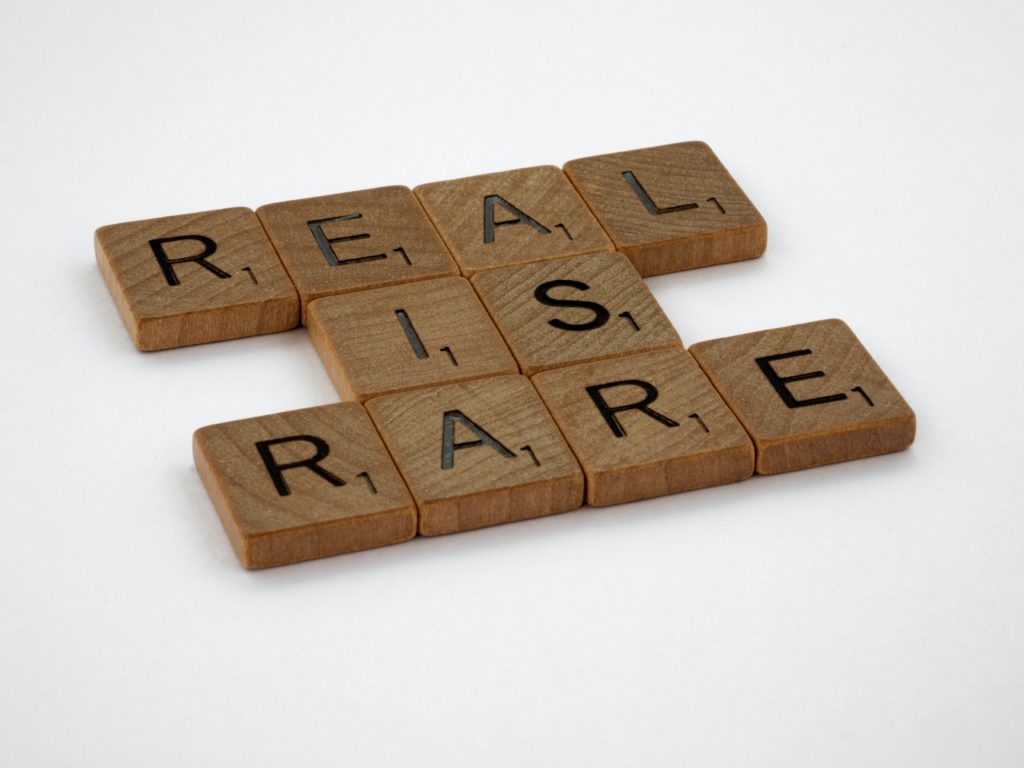Humanity
Multifamily Human Resource: I Know
As a leader, it can be tempting to think that you know what your team members want. After all, you are the one in charge, and you may feel like you have a good grasp of what motivates and drives your employees. However, assuming that you know what your team members want can be a major mistake, and it can have significant downsides for both you and your team.
First and foremost, assuming that you know what your team members want can lead to a lack of communication and understanding. If you think you know what your employees want, you may not take the time to listen to their concerns and opinions, which can lead to misunderstandings and a breakdown in trust. Your team members may feel like you don’t value their input, and they may become disengaged and unproductive as a result.
Assuming that you know what your team members want can also lead to poor decision-making. If you make assumptions about what motivates your employees without taking the time to verify those assumptions, you may end up implementing policies and procedures that are not effective or that actually demotivate your team. For example, you may assume that your employees want more flexible work hours, when in fact they would prefer more structure and routine. If you implement a flexible work policy without first checking with your team members, you may end up creating more problems than you solve.
Another downside of assuming that you know what your team members want is that it can limit your own growth as a leader. If you are always assuming that you know what your employees want, you may not be open to new ideas or approaches that could improve your team’s performance. You may become complacent and stuck in your ways, which can be detrimental to your own career as well as your team’s success.
Share this:
Multifamily AIHR

Photo by Sangga Rima Roman Selia on Unsplash
HR executives have been gradually adapting to the rise of AI for tasks such as evaluating job applicants and creating chatbots. But this new AI search tool, ChatGPT, is about to change everything. ChatGPT has been trained on a large data set and can produce detailed, human-like responses to simple and complex questions. It has the potential to free HR staff from repetitive tasks and allow them to be more strategic.
Recruiting: ChatGPT can quickly and fairly evaluate job applicants, helping talent acquisition teams identify top candidates that human evaluators might have missed. Compensation and pay equality: ChatGPT can predict the impact of pay practices on the business. Employee wellness and safety: ChatGPT can assess a worker’s risk of harm to themselves or others.
In its most basic application, ChatGPT can create job descriptions and company policies that can be easily updated and disseminated in real time. While the tool may result in HR departments downsizing, its long-term effects are expected to be more complex. The rise of AI may create new job titles such as head of AI or AI ethicist.
ChatGPT’s potential impact on HR is attracting attention from early adopters like Todd Mitchem, CEO of AMP Learning and Development, and Tim Sackett, President of HRU Technical Resources. They believe ChatGPT will transform work as we know it and disrupt the HR industry.
Share this:
Advertising & Authenticity

Who are we? What do we believe? What are we going to do about it?
Leo Burnett was an American advertising executive and the founder of Leo Burnett Company, Inc. He was responsible for creating some of advertising’s most well-known characters and campaigns of the 20th century, including Kellogg’s Tony the Tiger, United’s “Fly the Friendly Skies”, and Allstate’s “Good Hands”. In 1999, Burnett was named by Time Magazine as one of the 100 most influential people of the 20th century.
Leo Burnett believed that every company should ask themselves those questions, which still apply today. The answers help businesses distill their understanding of identity, values, and intention – in other words, culture. Leo understood that “the work of [an advertising] agency is warmly and immediately human.” This human-centric statement resonates with me because I believe that few industries are more engaged in the lifecycle of humanity than those in the multifamily industry.
The Impact of Culture
The Multifamily Collective is filled with content that credits culture as the most significant source of influence. The common language of shared culture is powerful. Entire countries, religions, and generations are grounded in shared beliefs, values, and practices that coalesce to form their culture. A company’s culture is the most important factor in determining its long-term success. An organization that holds itself accountable to behaviors that are in genuine alignment with its published core values earns the trust and loyalty of its workforce.
Authenticity Matters
In all areas of life – personal, social, and professional – people are hungry for authenticity. Culture in word but not in deed is false and quickly fails the authenticity test. Depending on the source, reports show that consumers receive more than 5,000 attempts every day to influence their decisions. Targeted ads on Google, Facebook, Instagram, TikTok, and even Waze recognize where you are and what your online behavior trends indicate, then use that information to make suggestions for you. Paid. Targeted. “Suggestions.”
Influencers are engaged in the business of influencing. In 2020, successful influencers earned around $1,000 on average per post depending on their statistics – reach, engagement, etc. When a person on social media posts authentic content about their life, passions, creative work, family, travels, etc., followers find it engaging and believable, and they develop a relationship with the person behind the content. When that same person shares an ad as though it were a legitimate lifestyle post, the consumer senses the difference immediately. The change in tone is jarring, and the content no longer feels honest. It weakens the relationship.
Differentiation
With all the digital noise and constant demand for attention – how does any company stand out from the clamor and earn the trust of their customers? Consumers are savvier than ever before. They are also more cynical. Trust isn’t given away easily, and everything feels like a negotiation. Consumers sense the ‘sales’ stuff coming from a mile away.
In this quote, Adam Grant offers a different perspective: “Negotiation is not a duel to win. It is a puzzle to solve together.” When you approach negotiation with a customer as an opportunity to bring different voices to the table to craft a more optimal solution, the outcomes are better for everyone—trying to WIN forces the other participant to LOSE. And no person is eager to feel like a loser.
Currency of Trust
If authenticity is the real currency of trust, then transparency, thoughtful communication, and a commitment to work together for everyone involved is a simple formula that, when applied internally and externally, may differentiate you from the noise.
Authentic relationships require real work. Transactions may be more straightforward, but they lack the mutually beneficial connectivity found in human-to-human relationships, and when it comes down to it, we are all human, afterall.
What are you doing to stand out and create authentic connections? Share with us below!
Never miss another Multifamily Collective moment. Sign up to Catch the Weekly Rundown to see all our weekly content plus bonus material for our subscribers. It’s FREE, and easy, and we promise not to spam your inbox!
Share this:
Be Human

Photo by Andriyko Podilnyk on Unsplash
In a world that is becoming increasingly digital, it’s easy to forget that what truly matters is being human. In a digital landscape where technology has become our primary means of communication, it’s more important than ever to remain grounded in our humanity. We often hear about the importance of being authentic, forging human connections, and communicating with empathy, but why are these qualities so crucial, and how can we cultivate them in our daily lives?
Being authentic means being true to yourself and your values. It’s about being genuine and honest in your interactions with others. In a world where so much of our communication is facilitated through email, text messages, DMs, and IMs presenting a carefully curated version of ourselves is easy. However, this can ultimately lead to feelings of isolation and disconnection. To foster meaningful connections, being vulnerable and showing your true self is important. Authenticity allows others to connect with us on a deeper level, which can lead to stronger relationships.
Human connection is another key aspect of being human. Social media and other communication technologies make it easy to feel connected. However, these connections can often be superficial and lacking in depth. To foster true human connections, it’s important to prioritize face-to-face interactions and spend quality time with the people we care about. Whether it’s through shared experiences or deep conversations, meaningful connections can help us feel more fulfilled and happy.
Empathy is another crucial quality for building relationships. It’s easy to misinterpret tone or intent when communicating online, leading to misunderstandings and hurt feelings. By practicing empathy in our communication, we can better understand the perspectives and feelings of others, leading to more effective and meaningful interactions.
Ultimately, being human means fostering meaningful connections, communicating authentically, and practicing empathy. By prioritizing these qualities, we can create more fulfilling and satisfying relationships.
Share this:
Consequences: Taking Credit for Others’ Work

Photo by Richard Ciraulo on Unsplash
Taking credit for the work of others is a form of plagiarism, a serious ethical breach that can have severe consequences in academic and professional settings. Not only is it dishonest and unfair to the original creator, but it can also damage your credibility and reputation.
There are many ways that individuals might attempt to take credit for the work of others in the multifamily space, whether intentionally or unintentionally. For example, they might copy and paste content from a source without properly citing it, or they might present someone else’s ideas as their own in a boardroom filled with senior executives.
Avoid Taking Credit
One way to avoid taking credit for the work of others is to cite all sources you use in your job correctly. This includes not only direct quotations but also paraphrased ideas and concepts. When citing sources, it’s essential to include enough information for readers to locate the source.
Another way to avoid taking credit for the work of others is to be mindful of the potential for accidental plagiarism. This can occur when you are working on a project and draw heavily on your past work or the work of others without proper citation. We encourage you to keep track of the sources you are using and to be diligent about acknowledging them as you go.
Ultimately, taking credit for the work of others is not only unethical, but it can also have severe consequences for your reputation and career. By properly attributing your sources and being mindful of the potential for accidental plagiarism, you can ensure that you give credit where it is due and maintain your integrity.

